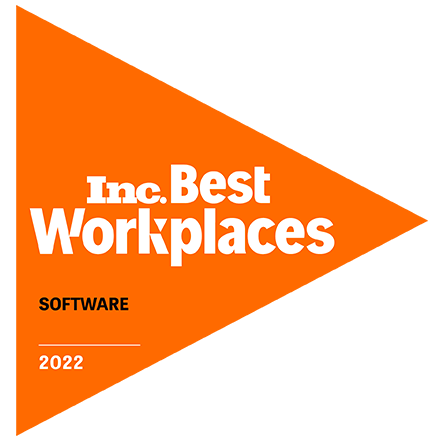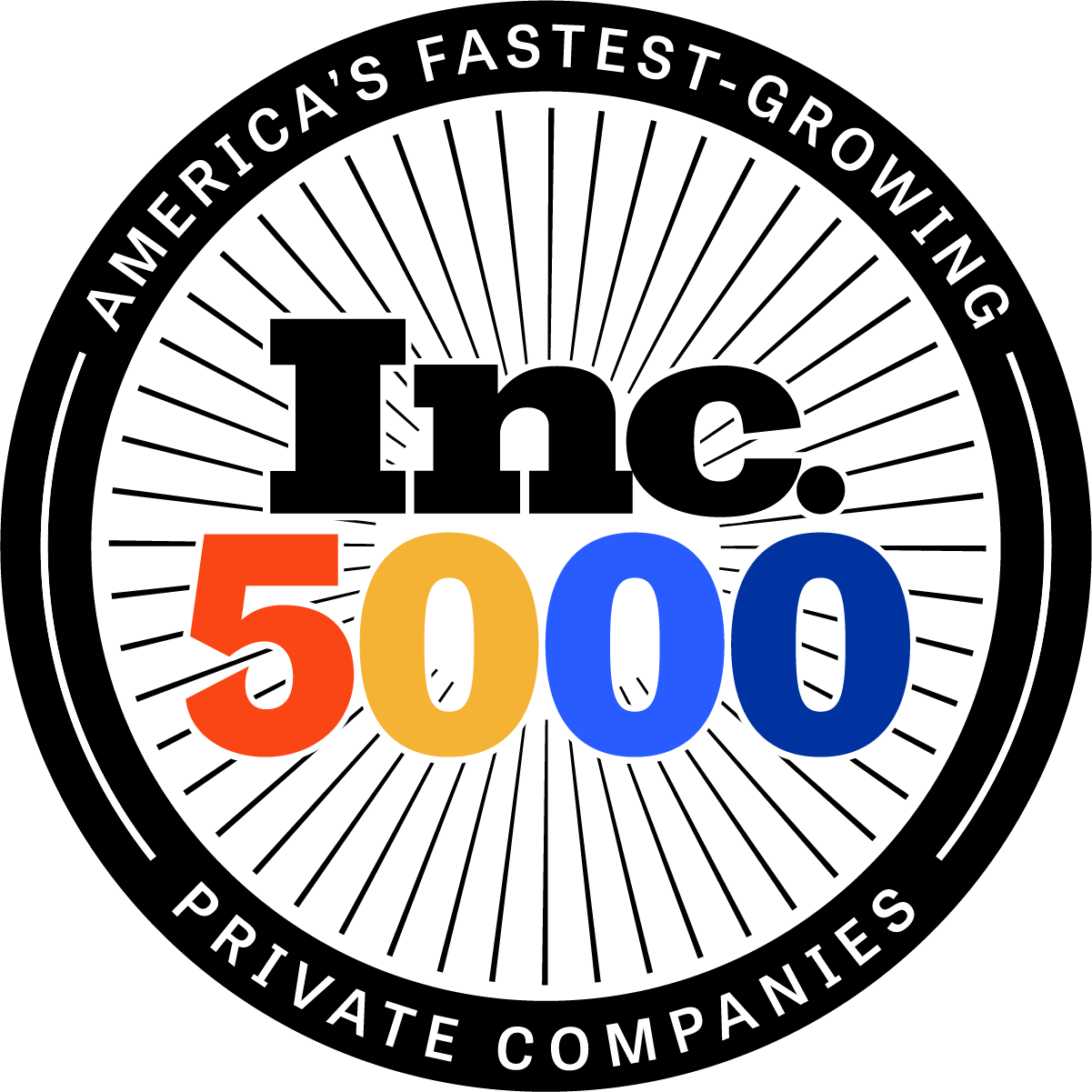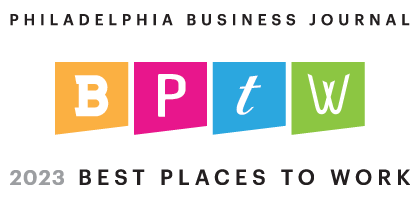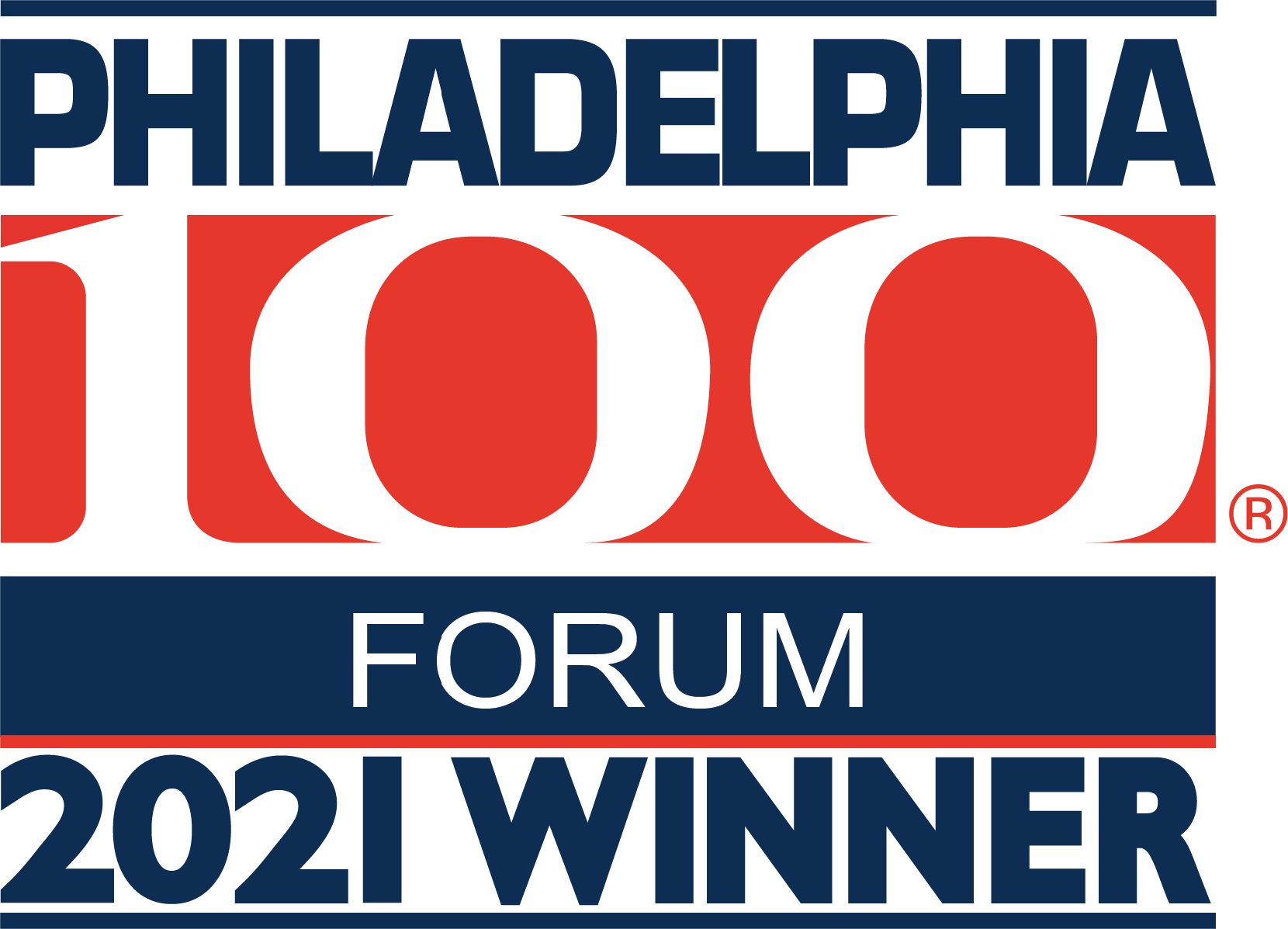I recently had the opportunity to present the opening keynote address for WordPress Philly 2017. What follows is the summary of this short talk.
What does Community really mean?
Well Merriam Webster has as its primary definition of community as a “unified body of individuals” For the purposes of this talk, I’m going to concentrate on that primary definition, but I want you to think of community more broadly as a group of people with something in common.
Communities can be based on and unified around a variety of things. First of all, communities can be based on place, like all of the residents of this amazing city of Philadelphia.
or all the citizens of Canada. Communities can be based on a purpose, activity, or shared experience. Causes can be as varied as raising money for breast cancer research or cheering on your favorite sports team (GO EAGLES!)
My company, The Tactile Group, recently had the opportunity to join in the popup community that formed around the City of Philadelphia’s Pitch to Amazon for their HQ2. Joining with top-tier tech and marketing partners from across our region, we served as the designers and developers of the website. The community that grew up around that effort was amazing. We came together across institutions and industries in record time, united by the single purpose of singing the praises of Philly to Amazon and to the rest of the world.
Communities can also be based on principles – commonly held beliefs such as communities of faith and those of none. Communities can also be based on our vocation: what we do for a living or the industry we work in.
We all belong to multiple communities. The borders of community are often porous; individual communities can and do overlap in strange and wonderful ways.
Then there’s the sticky wicket of Identity. How a person identifies around race, gender, sexuality, physical ability, and age can be a basis of community in and of itself. Identity is core to our being, and we bring our identity into every community that we belong to, whether or not we are conscious of it.
Identity is further complicated in that some aspects of identity are easily discernible, while some are not. Me for example.—- Allow me to re-introduce myself—- My name is Marc Coleman and as you’ve probably been able to discern, I’m a Black dude. I’m also a cis-gender, left-handed, gay man who has experienced poverty and is a practicing Episcopalian in an interracial, intergenerational relationship. I claim each of these identities and the communities unified around them as my own.
Community binds us together by our collective experience in that place, around that purpose, in support of that technology, and we bring our identity to all of that.
Getting the most out of Community
What makes a community strong? How do we reap the rewards and mitigate the risks? How do we get the most out of our communities?
Our definition of community requires that a body of individuals be unified around something. In our being together here today, It’s safe to assume that we all love WordPress. Let’s celebrate that! Now that doesn’t mean that everyone in a community will agree on everything, and in fact it’s those diverse perspectives that have the power to strengthen community.
It’s one thing to say you’re a member of a community, but the real value in community can only be seen when we actively engage in that community. No person is an island and every community requires interaction among its members. The more engaged the members of any community are with each other, the greater the potential of that community to benefit its members and society as a whole.We have to get in there, roll up our sleeves and engage. There are many ways to engage. Find one that works for you, but engage.
The Risks
Engaging in community is not without risk, however, so let’s look at some activities and behaviors that put communities at risk. Like many things in life, you can only expect to get out of community what you put in, but fully engaging can be exhausting.
It’s far easier to just “dial it in”. It’s easier to spend our time hanging out with the same 10 people who feel the same way about the same topics and feed the echo chamber from the comfort of our ergonomically correct chairs. It’s much easier to troll from the sidelines, and point and complain about how things are, and how things could be better, without investing any effort in actually learning a new skill, meeting a new person, or making any substantive change.
Even when we do choose to engage, it is easier to work and engage with people who are like us. The communities in which we choose to actively engage are often influenced by socio-economic factors drawn along the lines of class, race, gender, ethnicity, age, gender identity, and sexual orientation. The familiar is easy. Working with someone who doesn’t think, look, act, or have the same level of experience as you takes effort.
When we fully engage in community, we will encounter opinions and approaches that are different than our own. And these differences will cause friction. Someone somewhere along the way will challenge your assumption, they will call you on the carpet about the way you’ve become comfortable doing things. But by not getting out of our comfort zone, we are limiting ourselves, and the potential reward of fully engaging.
And then there will be those who cause friction for its own sake, without offering any solution. They stir the pot, but aren’t cooking anything…
The Rewards
One of the superpowers of community is that it can provide a framework for interpersonal relationships. Engaging in community allows us to build friendships and partnerships that extend our networks. Community can help us extend our circles of influence and base of knowledge. We have the opportunity to teach and to learn. For me, by doing this talk and attending this conference, I hope to do all of these things.
Communities can also foster a sense of belonging. A strong community becomes like a chosen family in that there is support for your good ideas and that there may be some heated conversations over Thanksgiving dinner.
A strong community has the power to advance the place, purpose, principle, or industry that it’s organized around. The open exchange of ideas and experiences advances that community as a whole. The WordPress community is a fantastic example of this. With each one of these WordCamps, WordPress becomes stronger and more influential.
So there is a symbiotic relationship between members actively engaged in community and the strength of that community itself.
Rules of Engagement
So how do we build an environment where community can thrive, where we can reach the full potential of that community while mitigating the risks?
We can start with the understanding that we as a WordPress community are diverse. We are designers and developers. We have advanced degrees and are self-taught. We come from different backgrounds of ethnicity, gender, gender expression, and identity, age, immigrant status, and religious beliefs.
For all of these perspectives to have the opportunity to contribute to community, we must have a culture of inclusion. A culture of inclusion is one in which all perspectives are valued, where diverse skills are embraced. It is one in which ideas are exchanged with an open hand, not gripped tightly in a clenched fist.
A culture of inclusion doesn’t just happen. It requires constant care and feeding. And for that, It helps to have a few ground rules.
I have to applaud WordCamp Philly for publishing their code of conduct for this conference, which starts off like this:
“WordCamp Philadelphia believes our community should be truly open for everyone. As such, we are committed to providing a friendly, safe, and welcoming environment for all, regardless of gender, sexual orientation, disability, ethnicity, religion, preferred operating system, programming language, or text editor.”
If you haven’t already, I highly recommend reading the entire Code of Conduct on the WordCamp Philly 2017 website. What I see at the basis of this statement is what is at the basis of every culture of inclusion, and that is empathy.
Empathy is respect 101. It is the cornerstone of Inclusion. Not that everyone in a community is going to be BFFs, but there has to be a base level of respect and a willingness to challenge your own biases, both conscious and unconscious.
When you’re working in community with people who don’t look like you, or have the same background, or weren’t born in the same decade, or come from the same part of the world,
someone in your group will have been made to feel ”other” at some time in their life.
Even if your entire crew is made up of American born, college educated, able bodied, millennial white men, you have no idea who may be facing the challenges you can’t see.
Recognizing that the challenges you personally face often overlap with those of your peers
will automatically deepen one’s sense of empathy.
Again, I have to applaud WordCamp Philly for their efforts to create an empathetic environment with the inclusion of the preferred pronoun pins and Color Communications Badges. Although I will be wearing my green Communication color badge all day, I am very familiar with the crushing paralysis caused by social anxiety.
In any conversation on Inclusion, it’s important to have an understanding of Intersectionality. Where the concept and practice of Empathy might be an intro course, Intersectionality is some next level shit.
It is the bold notion that all of the -isms and -phobias that separate us one from another are born out of the same systems of oppression, of one group’s belief in their inherent superiority over another group.
For those not familiar with the concept of Intersectionality, I suggest that you start with the essay by Audre Lorde titled - “There is no Hierarchy of Oppressions”.
One of the most important things in defending a culture of inclusion is the rejection of intolerance. This concept also can be confusing and downright paradoxical. For this, I go to another expert.
Sir Karl Raimund Popper (28 July 1902 – 17 September 1994) was an Austrian and British philosopher and a professor at the London School of Economics. He is considered one of the most influential philosophers of science in the 20th century, and also wrote extensively on social and political philosophy.
He describes the “paradox of tolerance” thusly:
“Unlimited tolerance must lead to the disappearance of tolerance.
If we extend unlimited tolerance even to those who are intolerant,
if we are not prepared to defend a tolerant society against the onslaught of the intolerant,
then the tolerant will be destroyed, and tolerance with them.“
He goes on to say
“We should therefore claim, in the name of tolerance, the right not to tolerate the intolerant.”
So, empathy and tolerance have a limit. Empathy and tolerance must end at the border of antipathy and intolerance. Whenever I need help defining that border, I always come back to this quote from Son of Baldwin:
“We can disagree and still love each other, unless your disagreement is rooted in my oppression and denial of my humanity and right to exist.”
So, in conclusion - I’d like to return to the concept of friction.
This concept of friction, of people bound by community, but bringing their personal experiences and biases and opinions to that community, has the potential to create fire that burns and scars.
But, guided by empathy, the friction of diverse perspectives has the power to spark magic.




